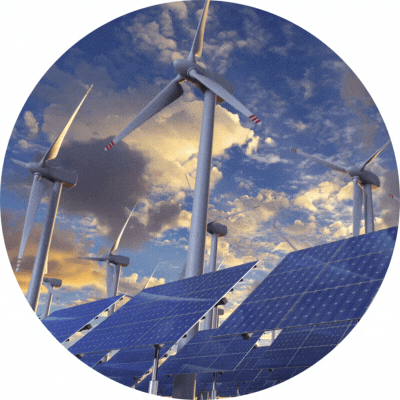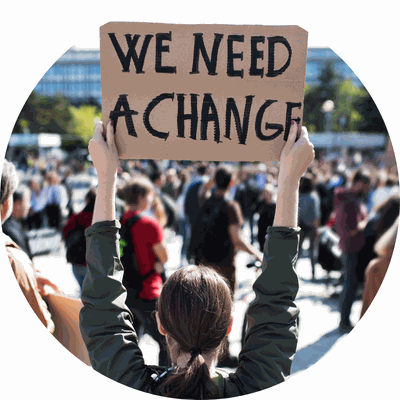New UN report requires Deep Decarbonization for all sectors by 2030 to limit Global Warming to 1.5 Degrees Celsius
April 14, 2023 | Environmental Lab
A recently published report from the United Nations’ Intergovernmental Panel on Climate Change (IPCC) provided the need to severely reduce greenhouse gas emissions by 2030 in order to meet the 1.5 degrees celsius limit to slow down global warming.
In doing so, large-scale adoption of renewable energy like solar and wind, electrified transportation, energy-efficient systems, alternative fuels, carbon sequestration technologies, and storage across all sectors globally must be set in place. This recommendation urges policymakers via the most up-to-date knowledge on climate change, including implications, future risks, and strategies for mitigation, to create legislations that take proactive steps to achieve deep decarbonization by 2030.
“We found that globally, greenhouse gas emissions are still on the rise. In order to reach a temperature target of 1.5 degrees Celsius, emissions need to peak before 2025 and be reduced by around 43% by 2030,” says Nan Zhou, a senior staff scientist in Berkeley Lab’s Energy Technologies Area who contributed significantly to the research findings.
The “Synthesis Report of the Sixth Assessment Report” is a corroboration of scientific and peer-reviewed assessments of climate conditions across 65 countries. As of the status quo, the world is experiencing already 1.1 degrees Celsius above pre-industrial levels as a consequence of a century of burning fossil fuels, which translated to enormous, rapid, and unpredictable extreme weather events, as per a report from the IPCC.
Decarbonizing industries
The industrial sector remains to be the top contributor of greenhouse gas emissions compromising 50% coming from the production of chemicals, steel, and cement. Stephane de la Rue du Can, lead author in the report’s industry chapter, emphasized, “To reduce greenhouse gas emissions from these sectors, we will need to completely change the way we produce materials and consume goods by using less cement and steel, developing different compositions of low-emissions cement, and enabling a circular economy by recycling more steel and developing recyclable plastics.”
The report showed concrete methods to decarbonize other sectors, including energy, transportation, urban planning, buildings, and land use. The report highlighted several key examples including:
Use of electrified vehicles that outsourced a combination of low or zero-carbon electricity sources.
Use of advanced battery technologies to assist in the electrification of trucks and enhance electric rail systems.
Use of alternative fuels such as low-emission hydrogen and biofuels in aviation and shipping industries.
Moreover, the studies in the report found that 40% of the warming caused by residential and commercial emissions comes from hydrofluorocarbons used in refrigerants like air-conditioning.
Chaincy Kuo, another contributing author, and chapter scientist under the Earth and Environmental Sciences Area of the IPCC report, emphasized, “They have a very high global-warming potential… [its an added] concern with global warming, with more people buying air conditioners in regions where they typically weren’t needed, such as the Pacific Northwest in the United States.” Recommendations are set in place to create alternatives, if not, discourage excessive manufacturing of such products.
What must be done and when to act
“Our results show that as global warming levels increase in various scenarios, from 1.5 degrees Celsius or 2 degrees Celsius or more, heat waves will be much worse, we will experience more frequent droughts, and precipitation events will be heavier in big storms. The strongest storms like hurricanes and tropical cyclones will be stronger in terms of wind, storm surge, and associated damages in the relatively near future, depending on warming levels,” says Michael Wehner, senior scientist at Berkeley’s Laboratory of Applied Mathematics and Computational Research Division and a lead author in the IPCC’s report under extreme weather chapter.
“We don’t have to have a 2 degrees Celsius or 3 degrees Celsius warmer world if we act now to mitigate emissions. We need to recognize that dangerous climate change is already here. Our choice is how much danger we will allow it to become.”
“All global pathways that limit warming to 1.5 degrees Celsius involve rapid and deep, and in most cases, immediate greenhouse gas emission reductions in all sectors. We can still pull this off, but we have to slam on every conceivable break we can think of,” said Collins. “There is no more delay built into the system. This has to happen right now.”


